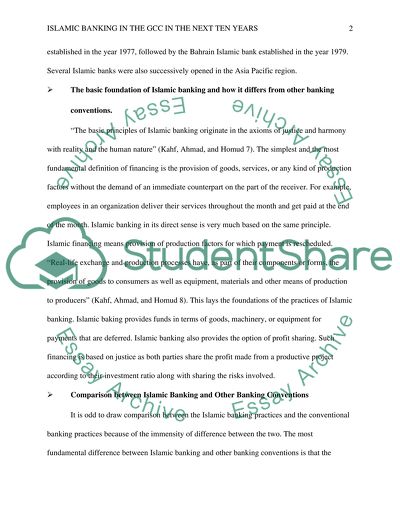Cite this document
(“Islamic banking in the GCC in the Next ten Years Essay”, n.d.)
Islamic banking in the GCC in the Next ten Years Essay. Retrieved from https://studentshare.org/finance-accounting/1399780-islamic-banking-in-the-gcc-in-the-next-ten-years
Islamic banking in the GCC in the Next ten Years Essay. Retrieved from https://studentshare.org/finance-accounting/1399780-islamic-banking-in-the-gcc-in-the-next-ten-years
(Islamic Banking in the GCC in the Next Ten Years Essay)
Islamic Banking in the GCC in the Next Ten Years Essay. https://studentshare.org/finance-accounting/1399780-islamic-banking-in-the-gcc-in-the-next-ten-years.
Islamic Banking in the GCC in the Next Ten Years Essay. https://studentshare.org/finance-accounting/1399780-islamic-banking-in-the-gcc-in-the-next-ten-years.
“Islamic Banking in the GCC in the Next Ten Years Essay”, n.d. https://studentshare.org/finance-accounting/1399780-islamic-banking-in-the-gcc-in-the-next-ten-years.


